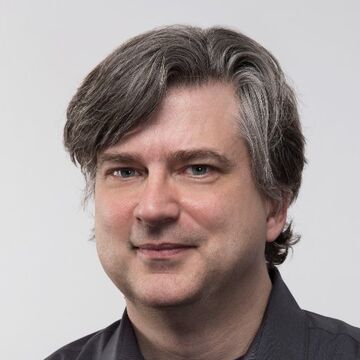

James TerMeer
Associate Professor
Contact
Bio
Associate Professor, Architecture, Interior Architecture, and Designed Objects, 2008. BFA, 1990, Kansas City Art Institute; MDES, 2002, Design Academy Eindhoven, The Netherlands. Concurrent Position: Partner, Giffin'TerMeer. Exhibitions: Design Nomade; BASE Milano, Milan; 2nd Istanbul Design Biennial; Bio 23, Ljubljana; Museum of Brands, London; International Craft Biennale, Cheongju, Korea; EDF Foundation, Paris; Scottsdale Museum of Contemporary Art; Seoul Design Olympiad; Dutch Design Center, Utrecht. Publications: Independent Design Guide: Innovative Products From the New Generation; Ceramics Monthly; Designboom; Dazed & Confused; Azure; Surface; De Volkskrant. Collections: Seoul Design Foundation; Designhuis, Eindhoven; The Netherlands; Institute for the Future, Copenhagen. Awards: Tokyo Designers Week 2011 Container Competition; Seoul Cycle Design Competition; Merit Award, Flip-a-Strip, Architecture Competition.